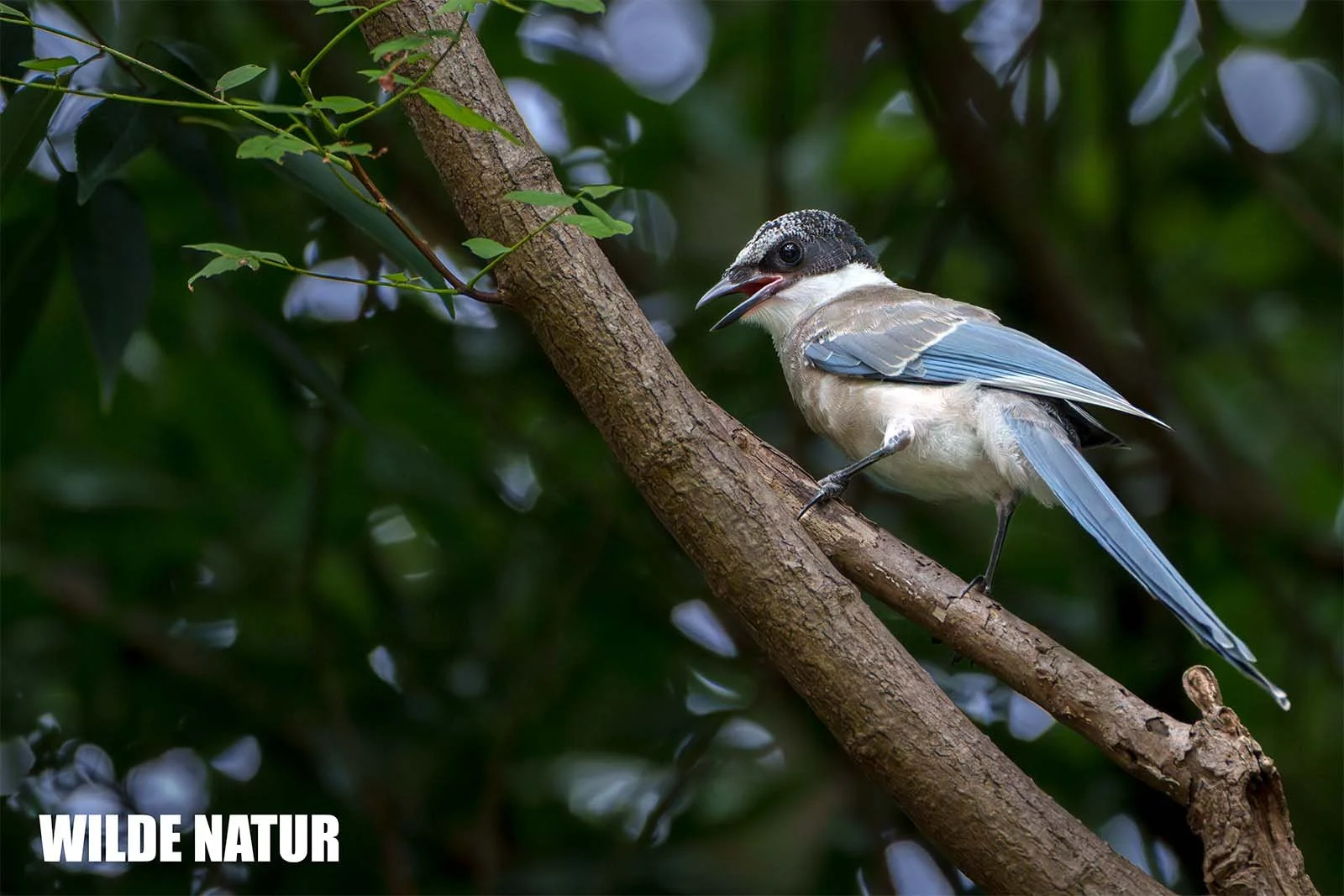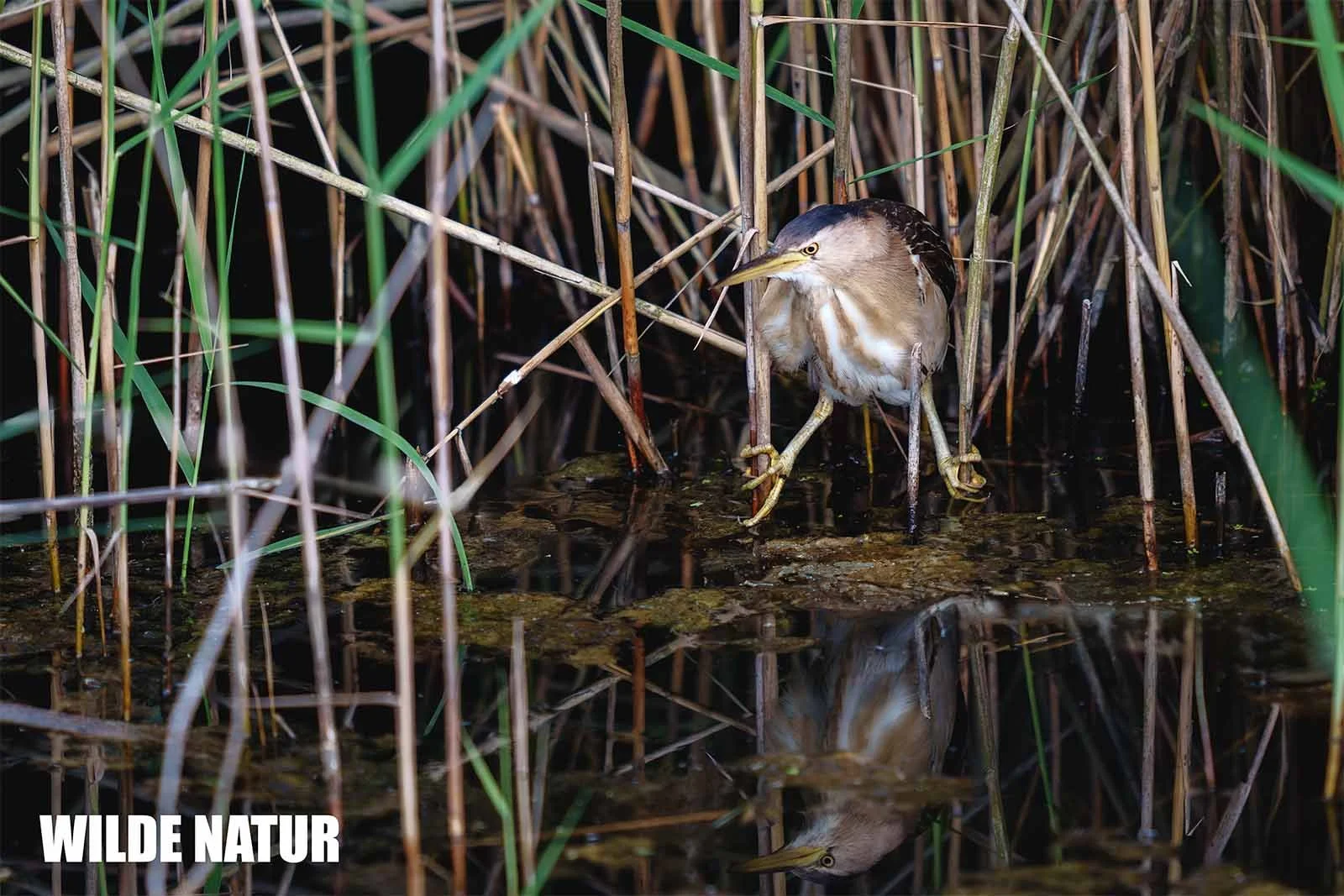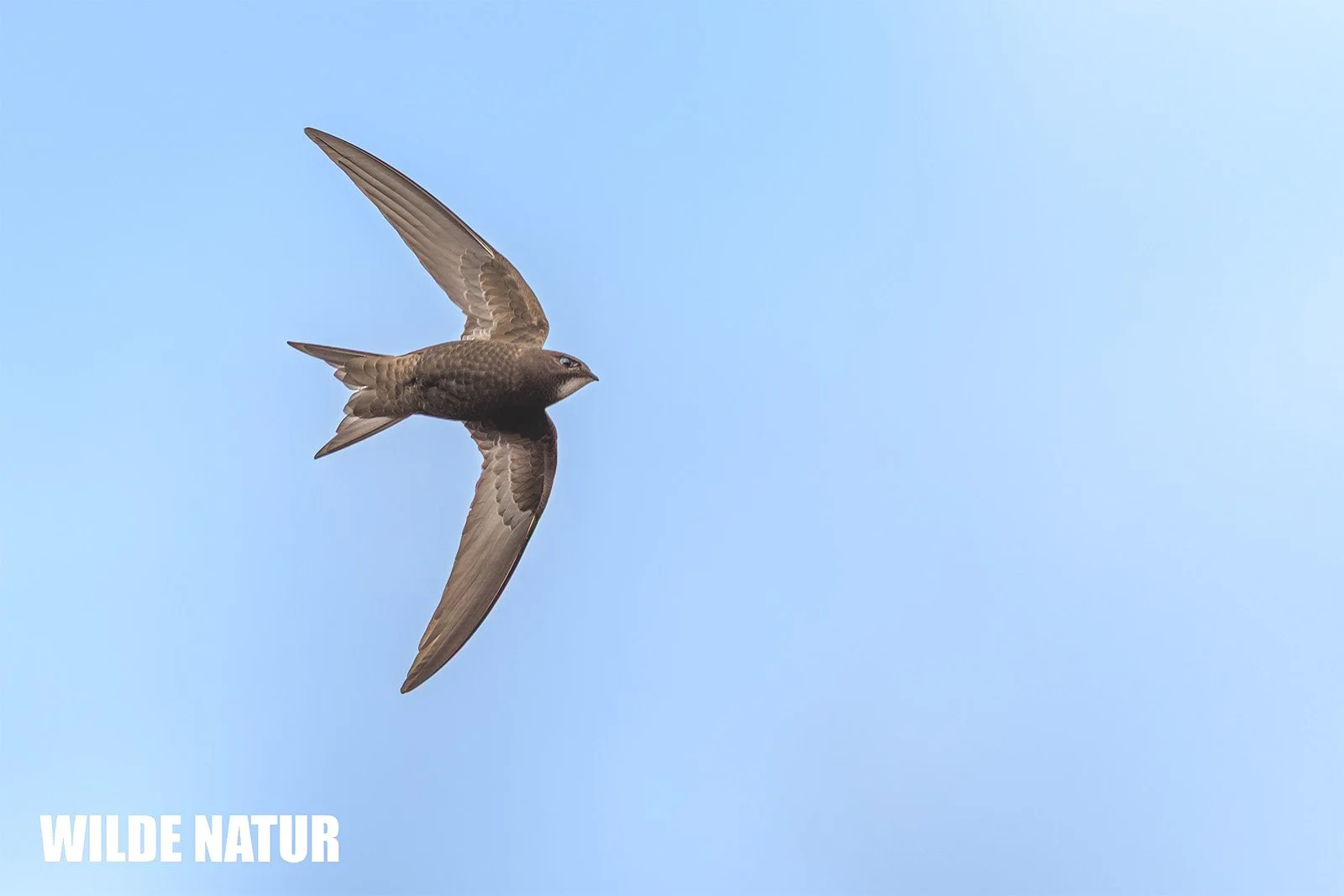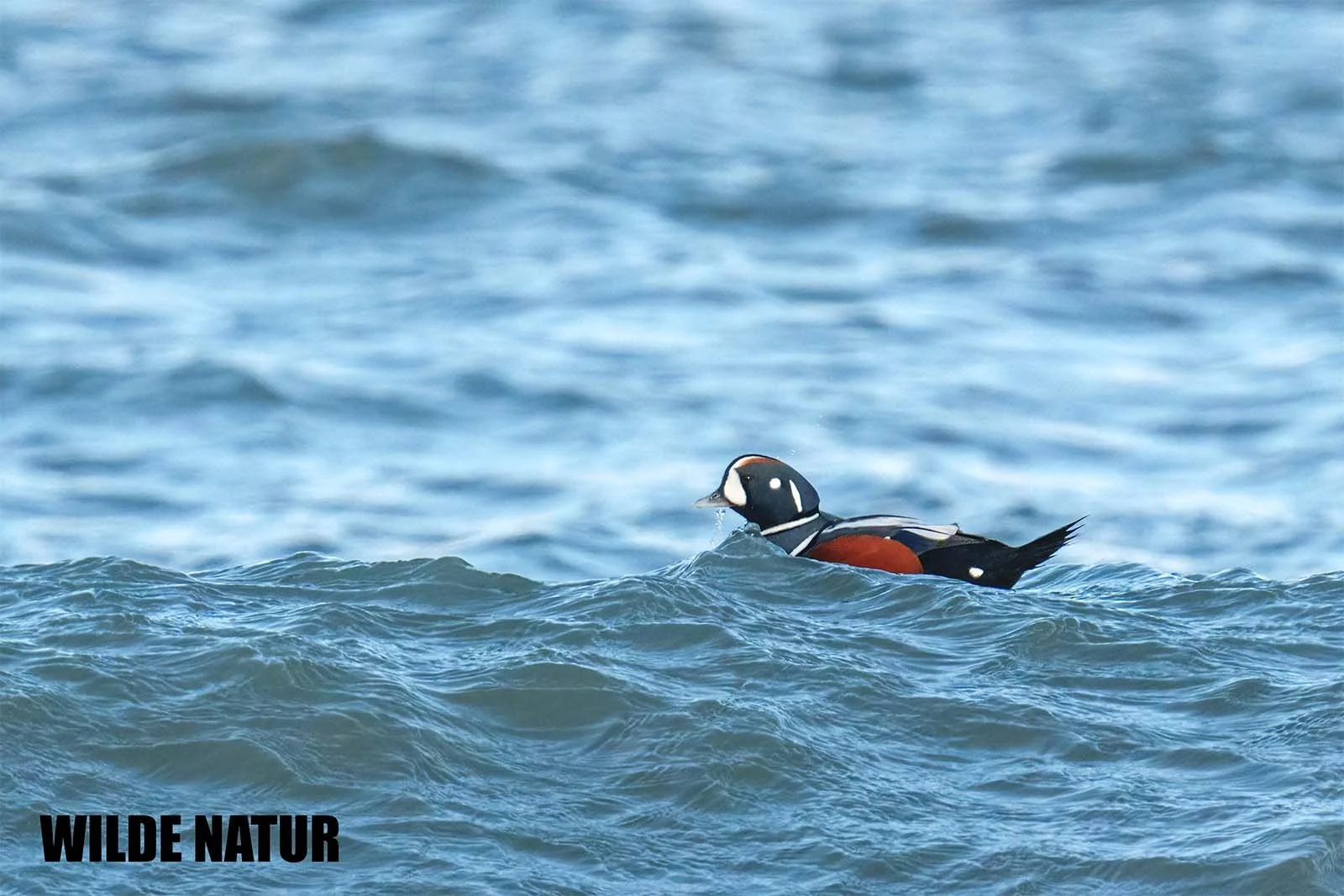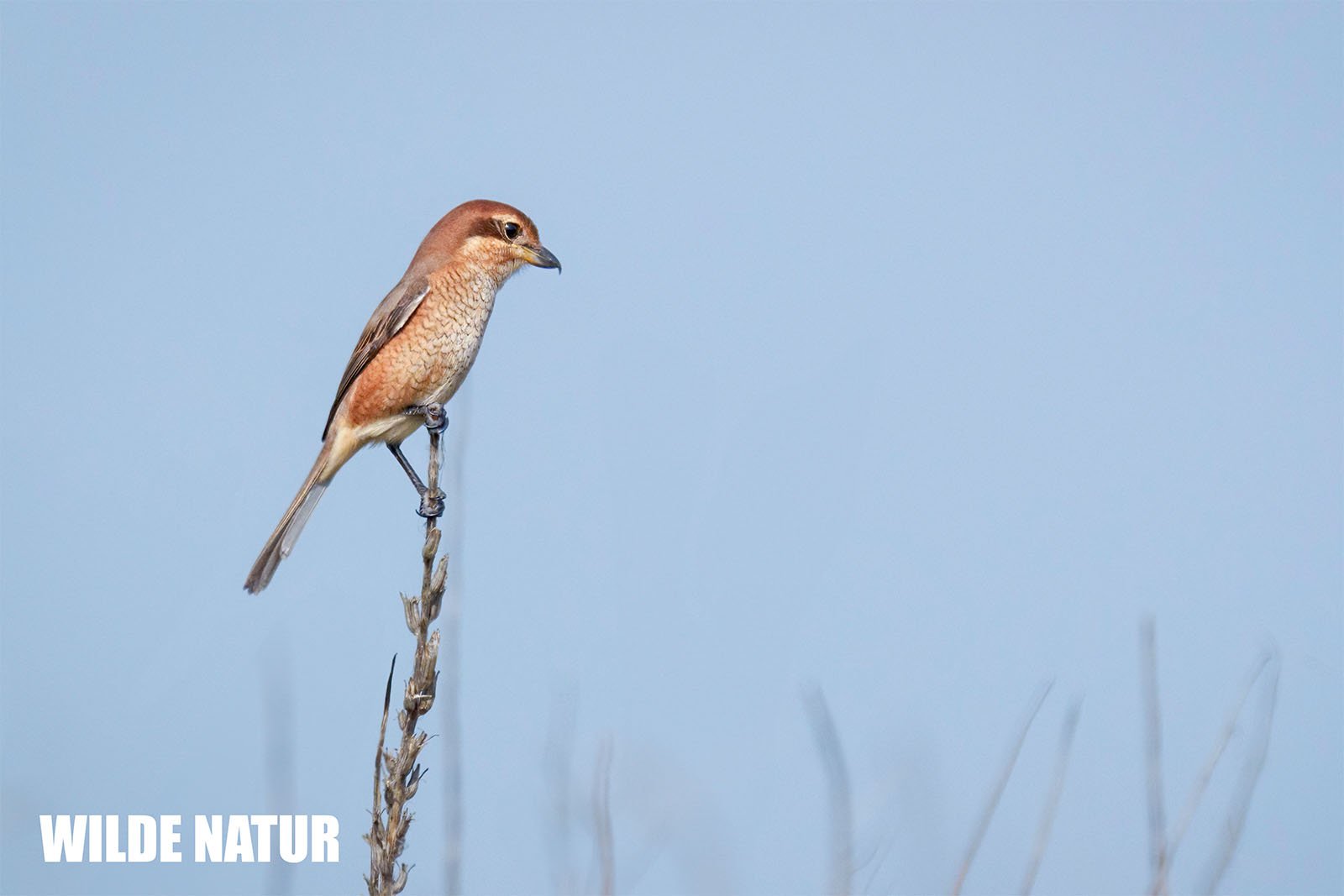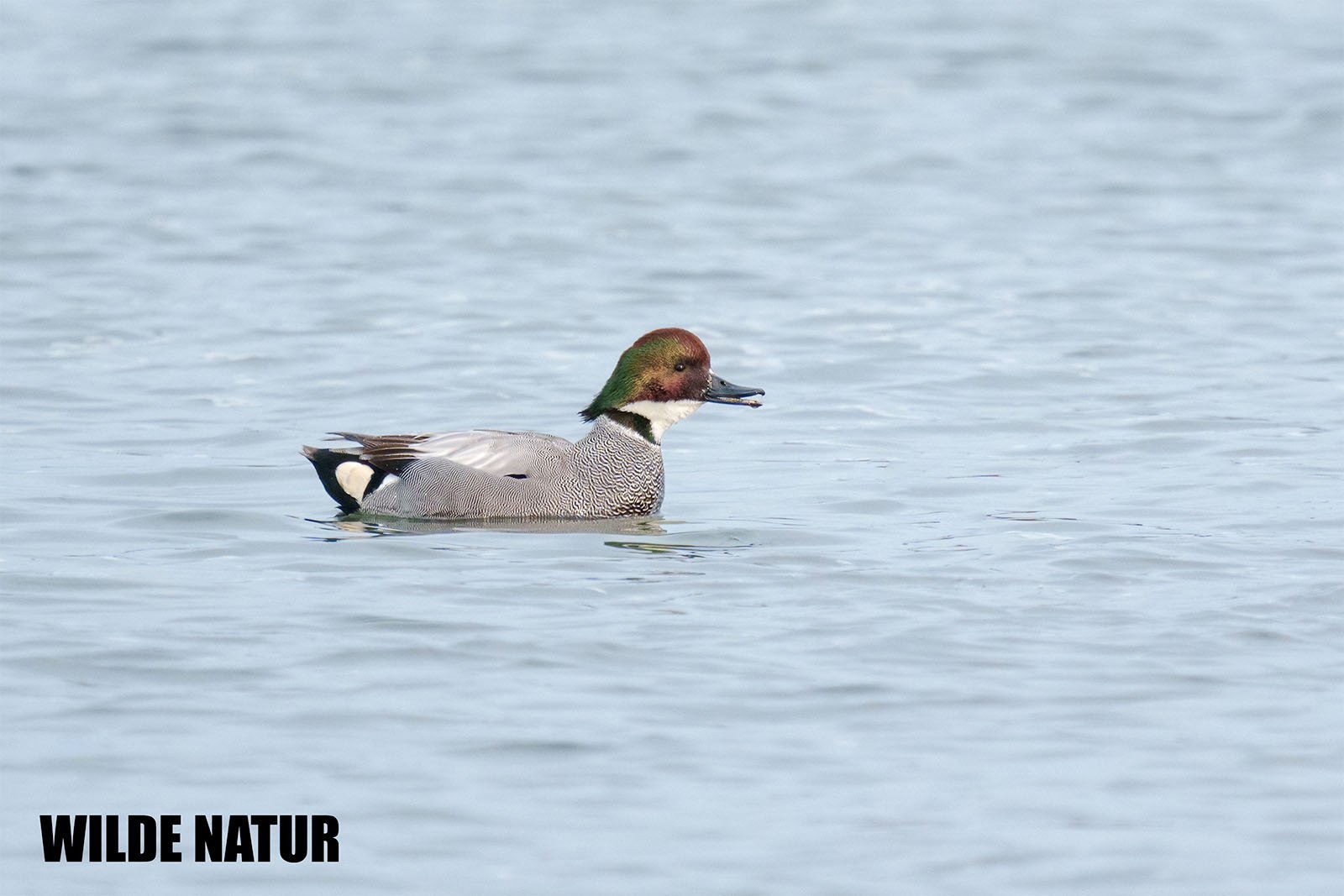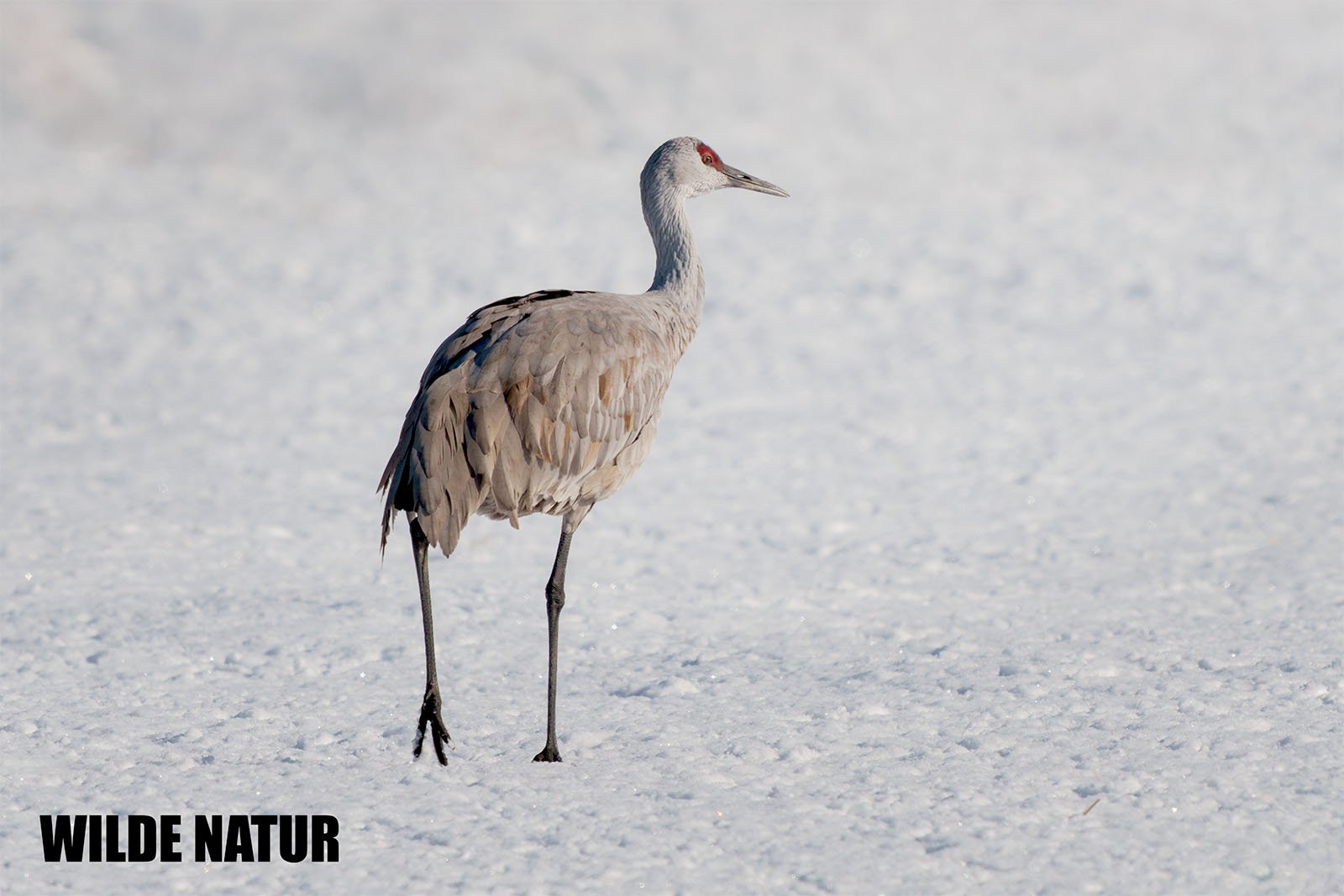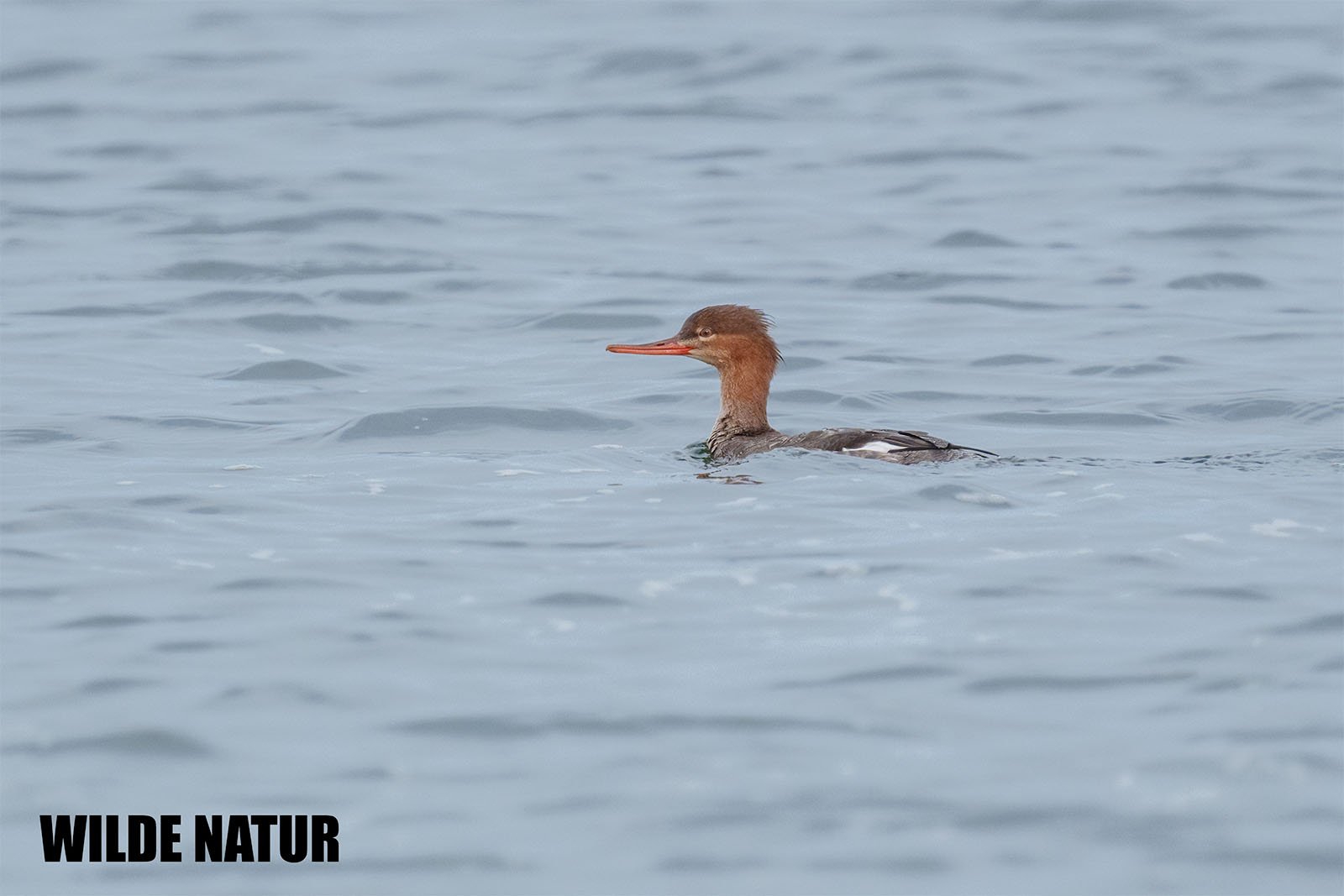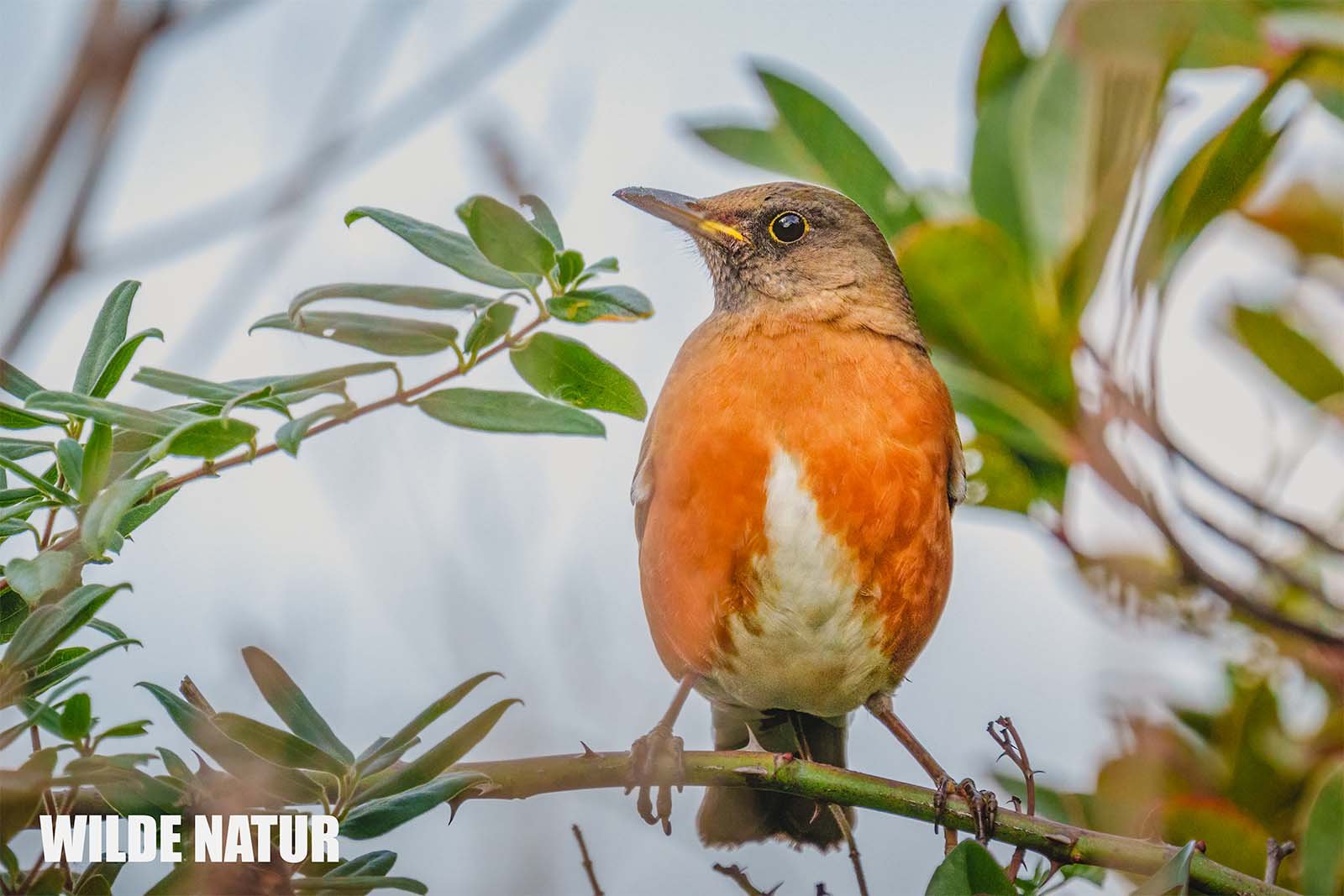Bull-headed shrike (Lanius bucephalus)
Bull-headed shrike (Lanius bucephalus) with rufous plumage perches on top of a dry plant. Photo was taken at Boso / Japan.
Bull-headed Shrike - A Songbird with a Predator’s Instinct
The Bull-headed Shrike (Lanius bucephalus) is a small but formidable predator among Japan’s birds. Known for its dark facial mask and prey-storing behavior, this shrike combines songbird looks with raptor-like tactics.
Shortlist
Medium-sized shrike with a distinctive black face mask
Hunts insects, reptiles, and even small birds
Impales prey on thorns or branches for storage
Year-round resident across much of Japan
Frequently found in hedgerows, fields, and suburban areas
Scientific name: Lanius bucephalus
Common name: Bull-headed Shrike
Japanese name: モズ (Mozu)
Length: approx. 19–20 cm
Weight: 30–45 g
Plumage (male): Brick-red head, black eye mask, brown back, white wing patch
Plumage (female): More muted, gray-brown tones, less contrast
Diet: Insects, small mammals, reptiles, small birds
Breeding season: April to July
Clutch size: 4–6 eggs
Movement: Mostly resident; some dispersal by juveniles
Habitat: Hedgerows, fields, gardens, villages
Conservation status: Not threatened
Table of Contents
- Introduction
- Appearance – A Masked Miniature Raptor
- Habitat – The Sentinel of the Hedgerows
- Feeding – Precision Hunting with a Twist
- Breeding – Secretive but Effective
- Annual Cycle – Staying Close to Home
- Status and Protection
- FAQ – Frequently Asked Questions
Introduction
At first glance, the Bull-headed Shrike might pass for just another small bird. But don’t be fooled – this shrike is a formidable hunter, combining the stature of a songbird with the hunting skills of a raptor. Especially in autumn and winter, it becomes notorious for its unique habit of impaling prey on branches or thorns.
Appearance – A Masked Miniature Raptor
With a length of around 19 to 20 cm and a weight of 30 to 45 grams, the Bull-headed Shrike is compact yet solidly built.
Male characteristics:
- Brick-red head
- Bold black mask across the eyes
- Brown back and flanks
- White wing patch visible in flight
- Strong, slightly hooked beak
Females are more subdued in coloration with a grayish-brown head and less contrast overall. Its sharp gaze and upright posture give it a distinctly predatory look.
Habitat – The Sentinel of the Hedgerows
This species is a year-round resident in Japan, particularly on Honshū, Shikoku, and Kyūshū. It thrives in human-influenced landscapes where there is enough structure.
Preferred habitats:
- Hedgerows and field edges
- Forest margins and bushy areas
- Parks, cemeteries, and village outskirts
- Perches like power lines, fences, or dead branches
It uses elevated spots to scan its surroundings for prey.
Feeding – Precision Hunting with a Twist
The Bull-headed Shrike is a skilled hunter, far from being a simple seed-eater. Its prey spectrum is surprisingly broad.
Prey includes:
- Insects: beetles, grasshoppers, crickets
- Small reptiles and amphibians
- Mice and other small mammals
- Nestlings and small birds
Hunting behavior:
- Waits from a vantage point
- Dives suddenly to capture prey with its beak
- Impales victims on thorns or twigs to store them – a behavior known as “larder-hoarding”
These food caches are especially useful in winter and are part of what defines the shrike family.
Breeding – Secretive but Effective
Breeding takes place from April to July. During this time, the shrike becomes more cautious and secretive.
Breeding facts:
- Nests in bushes or small trees
- Cup-shaped nest made of twigs, grass, and hair
- Clutch: 4–6 eggs
- Both parents feed the chicks
- Fledging occurs after about two weeks
Nest sites are well hidden, providing safety from predators and human disturbance.
Annual Cycle – Staying Close to Home
The Bull-headed Shrike is a resident species, usually staying within the same territory all year. However, young birds may disperse after fledging.
- Juveniles may establish new territories in autumn
- In mountainous areas, birds descend to lowlands in winter
- Rarely found in large cities but common in villages and suburbs
Territories are actively defended, often with loud calls and flight displays.
Status and Protection
In Japan, the Bull-headed Shrike is widespread and not threatened. It adapts well to semi-natural environments and can thrive in human-altered landscapes.
- No population decline reported
- Benefits from power lines and hedgerows
- Conservation requires structured habitats like scattered trees and bushy edges
FAQ – Frequently Asked Questions
1. What’s special about the Bull-headed Shrike?
Its behavior: It impales prey on thorns, hunts like a raptor, and acts like a predator while being a songbird.
2. Where can I see one?
Look for it in fields, parks, or village edges – often perched on a wire or bare branch.
3. When is it most visible?
Year-round, but easiest to spot in autumn and winter when it’s actively hunting and storing food.
4. Is it protected?
Yes, it is covered under general bird protection laws in Japan, though not considered at risk.
5. Are there similar birds?
Other shrike species (e.g. the Red-backed Shrike in Europe) share similar habits, but are not found in Japan.
The Bull-headed Shrike is not your average backyard bird. With the posture of a hunter and the instincts of a raptor, it adds drama and strategy to Japan’s rural birdlife. Its signature “lardering” behavior turns thorny bushes into survival stores – a reminder that even small birds can be fierce when it comes to survival.


